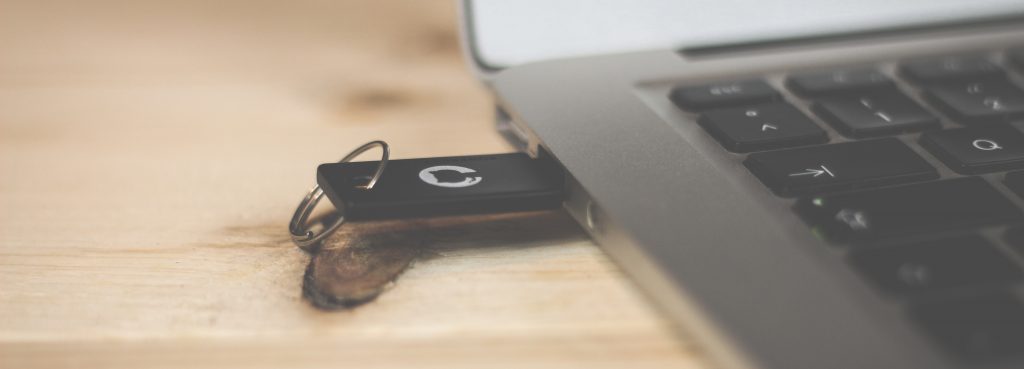The USB Stick Health Guide

USB sticks are a well established product used predominantly for the storing and transferring of data between devices. As such they have become the staple product for many when it comes to convenience as well as speed, while essentially being a universally recognised plug & play device. With that being said, those using USB's or Memory Sticks need to remember that such devices are still electronic and therefore aren't going to be 100% foolproof. Failures can occur within products such as this from time to time, especially when it comes to the internal workings of the flash memory. For businesses who exchange USB's with customers/clients on a regular basis it becomes even more important to pass on relevant information to ensure that each individual is aware of best practices.
How to take care of your USB Stick
Below are a few suggestions as to how one could look after their USB Stick
- Keep it cool - Like any electronic device, USB's do not fair well in extreme temperatures therefore make sure it is stored somewhere cool such as in a container or drawer and preferably not in a back pocket.
- Keep the metal connector covered to avoid accumulation of dust or dirt - The exposed connector can become unreadable by a PC or Mac if objects get lodged inside the device.
- Ensure computer is fully booted before inserting a USB into the port - inserting before can shock the flash drive and damage the internal components.
- 'Eject' the USB stick before removing it from the USB port - A normal PC or Mac will constantly read a flash drive therefore if removed on a regular basis without first ejecting the drive can cause lasting damage.
- Look at which way the USB should be inserted into the port - All USB sticks connect one way only, forcing it in could damage both the USB memory stick and / or USB port. New standards are being considered to allow the USB to be inserted in any direction, but this is several years away.
- Do not leave in a computer indefinitely - Power surges can occur which may lead to components being damaged
- Avoid running programs from the flash drive - While each flash drive is designed to last years, each comes with a predetermined number of read and write cycles, and once exhausted the device can no longer be used. When you save and retrieve documents, you use single cycles per retrieval or write function, but running software applications from the flash drive will use multiple read/write cycles, therefore exhausting the USB stick a lot faster.
- Back up everything! - The USB flash drive, while an impressive piece of tech does not last forever even with good maintenance therefore it is important that people make back ups regularly of content on such devices. Getting in the habit now will save plenty of heartache down the line. Businesses who load data onto flash drives for individual clients should also keep backups of any work produced for them.
*A Special Note for Photographers*
As a lot of photographers use Mac's rather than PC's from day to day it is important that they are made aware of trash/ghost files that can appear on a USB Stick. As both operating systems work in different ways, both tend to interact differently with a USB stick when it is plugged in. Mac's will automatically add ghost files/folders to the flash drive which remain hidden when plugged in, however appear as files like .Trashes, ._. Trashes and .fsevents on a normal PC. These are essentially nothing to worry about however good practice may be to delete these before sending out USB's to customers who may own PC's.

